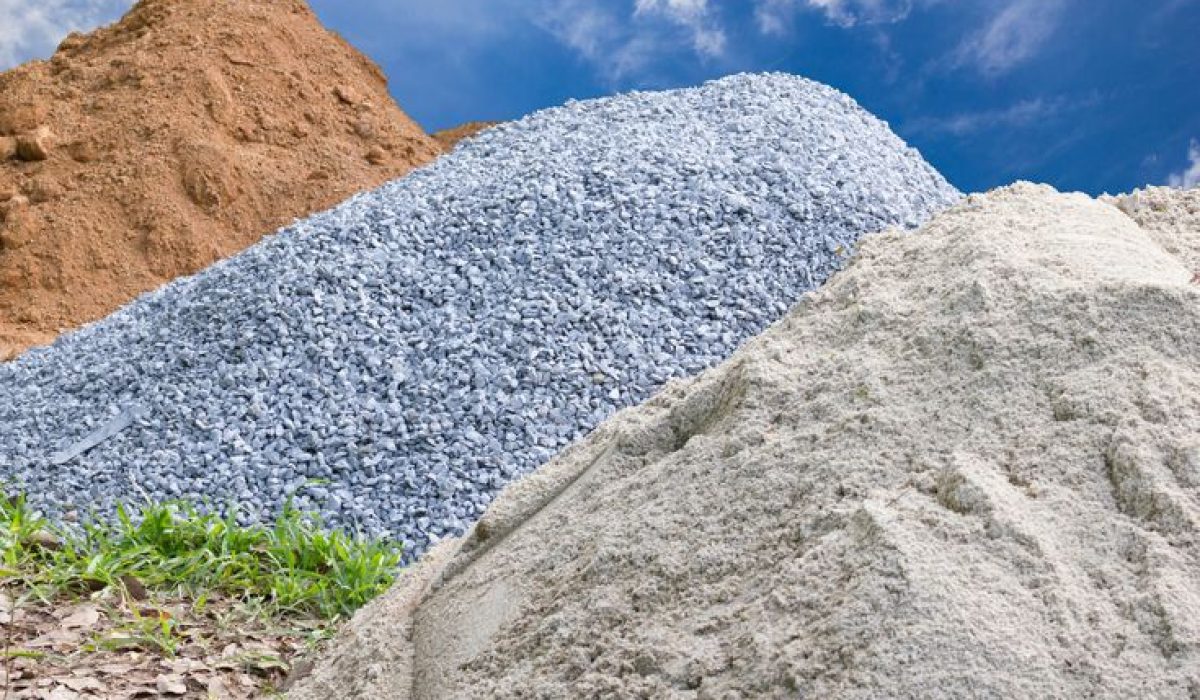INTRODUCTION
Coarse aggregate is one of the essential components in concrete and other construction materials. It typically consists of naturally occurring or crushed stone, gravel, or similar materials that are larger than 4.75 mm in diameter. As a primary ingredient in concrete, coarse aggregate provides volume, stability, and resistance to wear and erosion.
The role of aggregate goes beyond just filling space—it significantly influences the mechanical properties of concrete, including its compressive strength, durability, and workability. The type, shape, size, and texture of coarse aggregate used can impact the performance and cost-efficiency of a construction project. Understanding the characteristics and types of coarse aggregate is vital for engineers, builders, and architects aiming to create strong and long-lasting structures.
Production and Characteristics of Coarse Aggregate
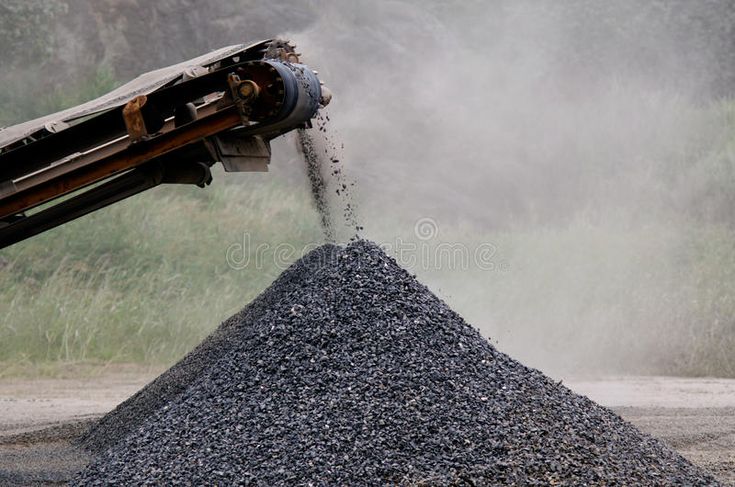
Coarse aggregate is produced through the crushing of larger rocks and stones in quarries or natural riverbeds. After extraction, these aggregates are washed, screened, and graded based on size and shape. Typically, they range from 4.75 mm to 75 mm in diameter. The physical characteristics of aggregate—such as shape, texture, size, and hardness—have a direct impact on the workability and strength of the concrete mix.
Some of the key characteristics of quality coarse aggregate include:
High compressive strength
Low water absorption
Resistance to abrasion
Proper gradation and cleanliness
Advantages of Coarse Aggregate
Strength and Stability: It provides the skeleton for the concrete mix, significantly improving compressive strength and load-bearing capacity.
Cost Efficiency: By reducing the amount of cement and water required aggregate helps lower construction costs.
Durability: High-quality coarse aggregates increase resistance to environmental factors such as freeze-thaw cycles, chemicals, and erosion.
Workability: Properly graded aggregate enhances the mix’s workability and finishing properties.
Types of Coarse Aggregate
Understanding the types of coarse aggregate is vital for selecting the right material for different construction needs. The common types include:

ROUND AGGREGATES
Rounded aggregates are naturally formed, typically found in riverbeds or seashores. They have smooth, polished surfaces and rounded edges, which enhance the workability of concrete but reduce its bonding strength. These aggregates are commonly used in mass concrete works where high strength is not the primary requirement. Irregular or partially rounded aggregates are somewhat angular and result from natural weathering or semi-crushing. They provide a balance between workability and strength and are widely used in general construction projects.
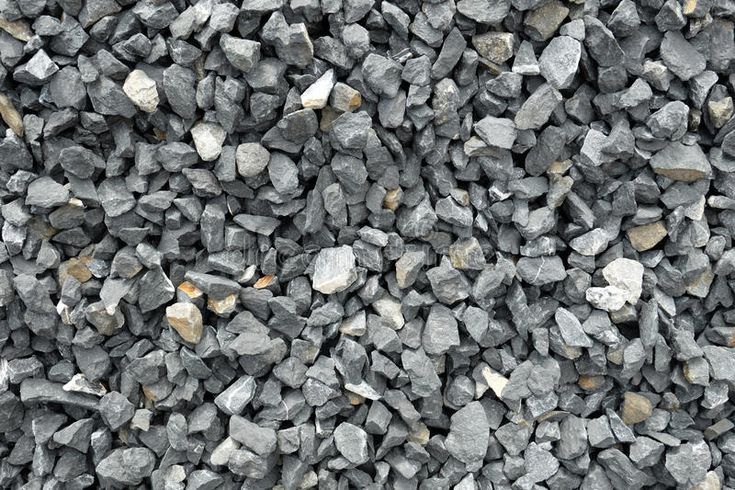
IRREGULAR AGGREGATES
Irregular aggregates are an intermediate form of aggregate, characterized by their partly rounded and partly angular shapes. These aggregates are typically formed through mechanical processes like crushing or from naturally broken stones and gravel. While they do not have the sharp angles of crushed stone, they offer better interlocking and bonding than rounded aggregates. This makes irregular aggregates suitable for general construction work, offering a balance between workability and strength. Their diverse shapes reduce void content in the mix, enhancing density and improving overall performance. Irregular aggregates are frequently used in non-structural concrete and where moderate strength is acceptable.
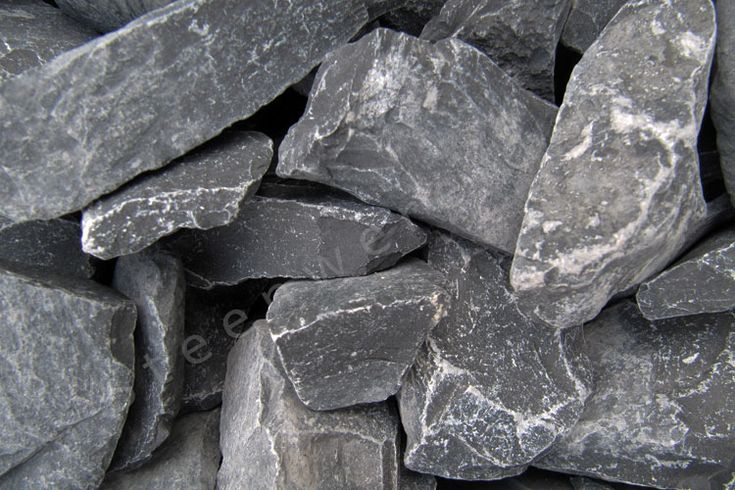
ANGULAR AGGREGATE
Angular aggregates are produced by mechanically crushing rocks, resulting in sharp, jagged edges and rough surfaces. This type of coarse aggregate provides the best mechanical interlock, significantly enhancing the strength and stability of concrete. Their angularity allows for a firm bond with the cement matrix, reducing movement within the mix and improving durability. Angular aggregates are ideal for high-load and structural applications such as bridges, highways, and foundations. However, their rough texture can reduce workability, requiring more water or admixtures to maintain a workable concrete mix.
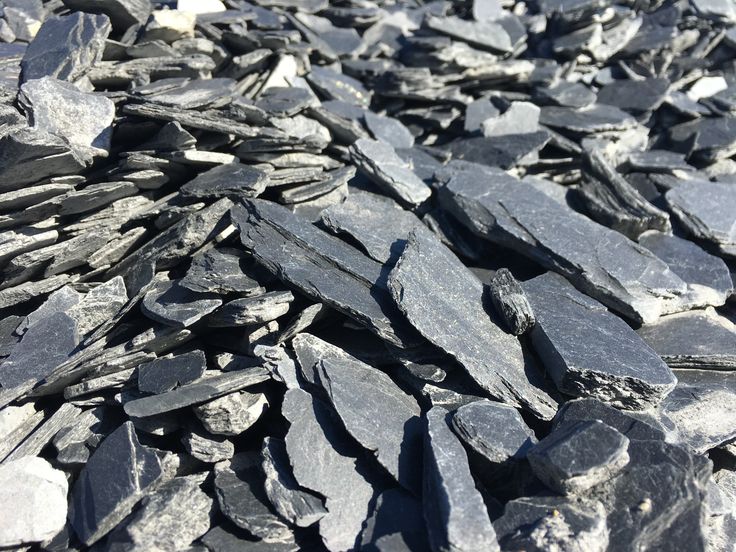
Flaky Aggregates
Flaky aggregates are thin and flat particles whose smallest dimension is less than 60% of their average size. These aggregates are considered undesirable in most coarse aggregate applications because they create voids and lead to poor compaction. Flaky shapes can result from poor crushing techniques or naturally thin rock formations. When used in concrete, they can lower strength, reduce durability, and make the mix difficult to handle and place. Their presence is generally limited through screening and shape tests, and standards often specify a maximum allowable percentage of flaky particles in structural concrete.
Characteristic Requirements of Coarse Aggregate
High-quality coarse aggregate must meet specific standards, such as:
Cleanliness (free from dust and clay)
Proper gradation and size
Adequate crushing value
Low water absorption
These properties ensure the concrete mix is strong, durable, and performs well over time.
Conclusion
In conclusion, coarse aggregate is far more than just a filler in concrete. Its type, shape, and physical properties directly affect the strength, stability, and durability of a structure. Choosing the right coarse aggregate ensures not only structural integrity but also cost savings and longevity in construction projects.
If you are interested in starting your project with expert advice, feel free to contact us

